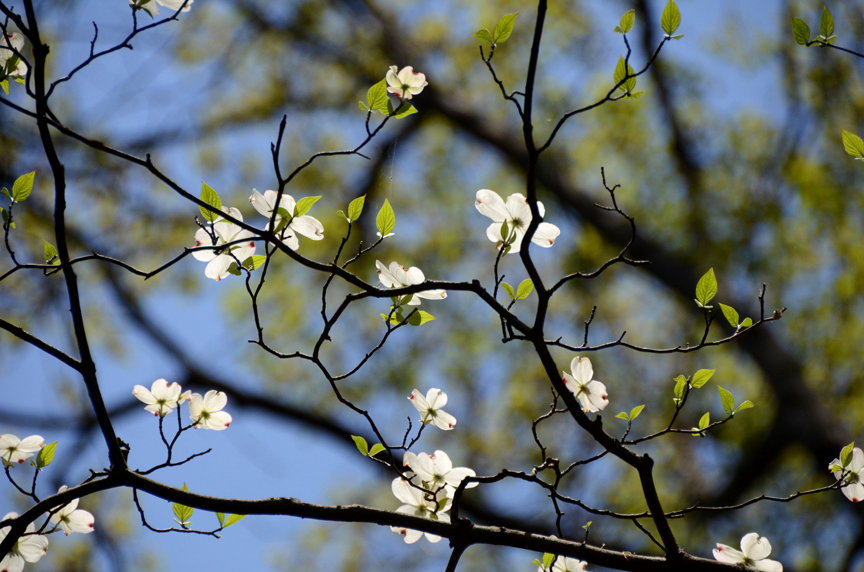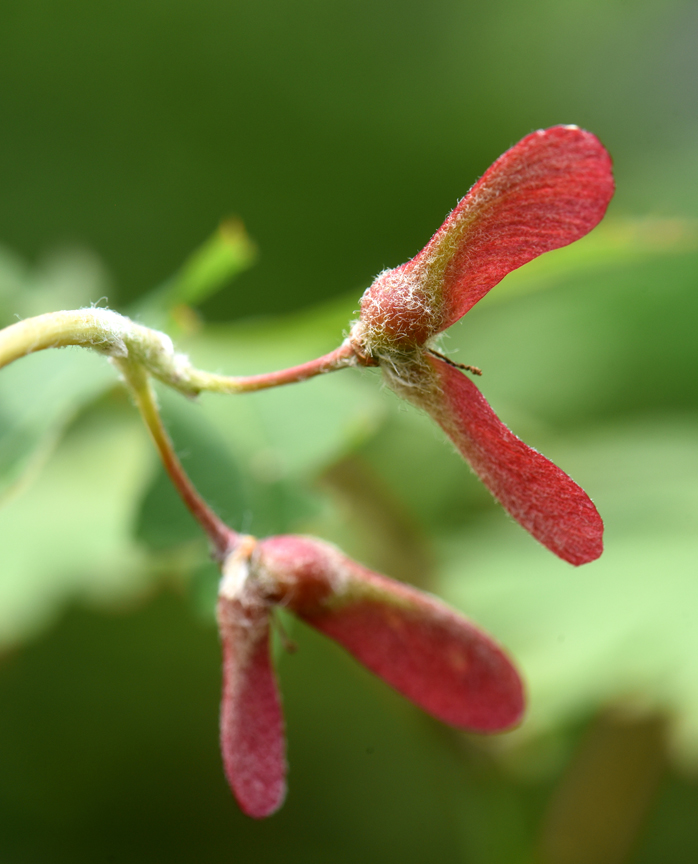Tree planting helps the landscape in many ways
Posted on: September 12, 2019 | Written By: Doug Oster |
While walking through Phipps Conservatory and Botanical Gardens, horticulturist Richard Liberto pulled me aside to passionately describe the story he hoped I’d tell.
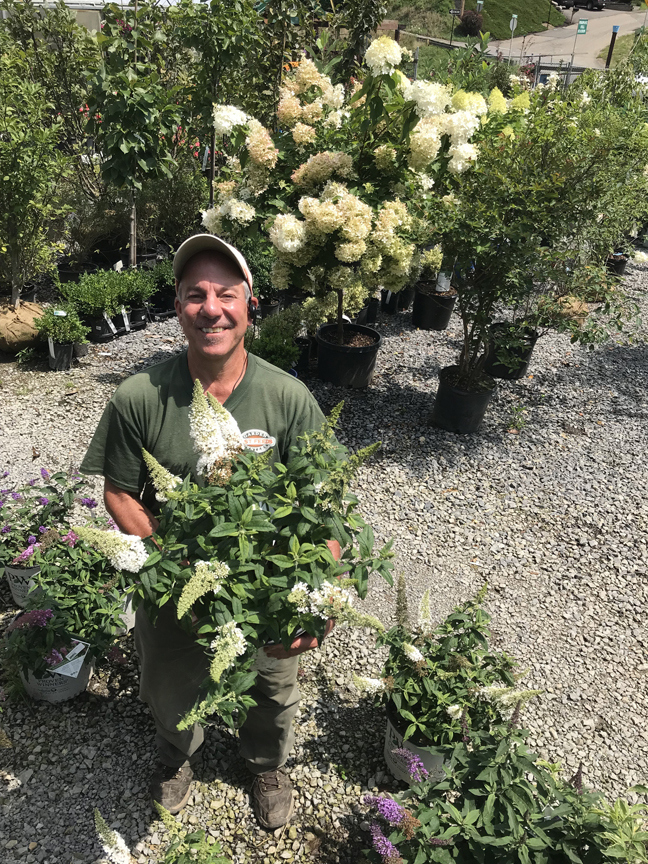
Horticulturist Richard Liberto from Best Feeds Landscape and Liberto Design wants to help homeowners choose the right tree for their landscape. Photos by Doug Oster
He runs Liberto Designs and works at Best Feeds Garden Center’s Babcock Boulevard location in Ross. After seeing a year of landslides, sinkholes and an early season of never-ending rain, he wants people to know the importance of fall tree and shrub planting.
“I’ve been hearing from homeowners that have become discouraged about planting trees because we’ve had all these landslides,” he says, “and then with the rains we’re also seeing an uptick of insect and disease issues.”
The importance of trees and shrubs in the landscape cannot be underestimated, and he recommends people get them from a good local nursery.
“It’s important because you can see the material,” Liberto says. “You’re able to scrutinize it right there on the premises to see if there are any issues prior to purchasing it.”
Most have a large inventory of unique and trending plants, along with a knowledgeable staff to help guide customers in the right direction.
That’s one of Dwayne Evans’ most important jobs as manager and owner of the store. “The first thing to think about,” he says about choosing a tree, “is the height restriction.”
That means knowing how big the tree will get at maturity. But even though the plant tag might say 25 feet, Evans says, that can be misleading.
“The reality is that in 8-10 years that’s what the plant might look like,” Evans says, “but most trees will continue to grow.”
Be sure to check if the soil is wet or dry, which direction the sun is coming from and how long it’s shining on the planting area when thinking about where a new tree should be planted.
“When you’re picking a plant, do more research, drive around the neighborhood,” he adds about seeing how the variety might look decades down the road.
There are trending plants and also trees that fall out of favor but are still wonderful choices. Nursery professionals always have their favorites.
Favorite trees
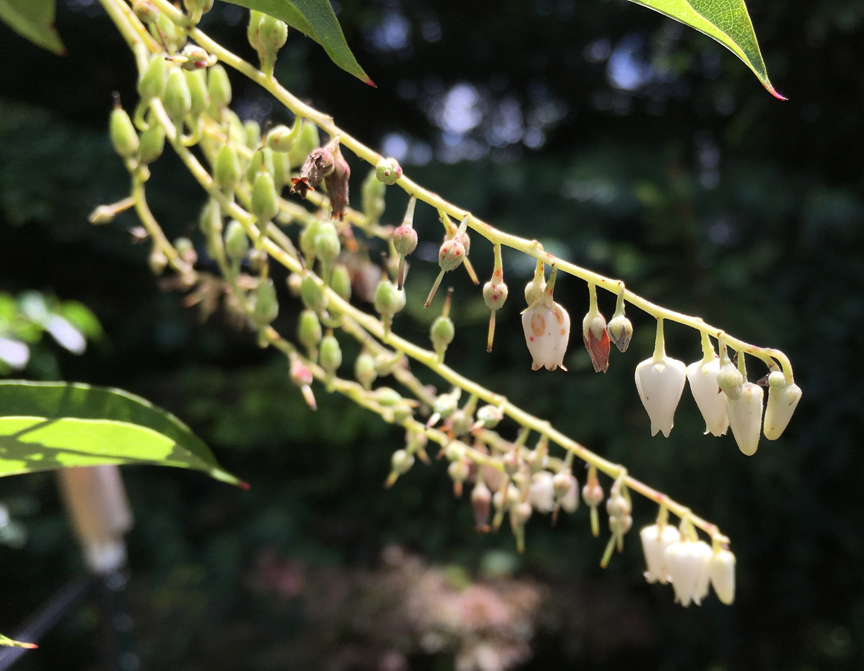
Sourwood is a sort of forgotten tree according to Dwayne Evans from Best Feeds Garden Center in Ross. It has pretty white flowers in spring, great fall color and doesn’t get huge.
“A sourwood is a unique and a forgotten plant,” Evans says. “It has spectacular fall color. In the spring, it has white flowers. It’s a tree that doesn’t get overwhelmingly big either.”
Three of the most popular trees people come to the nursery to see are redbud, native dogwoods and Japanese maples. It’s important to site them correctly.
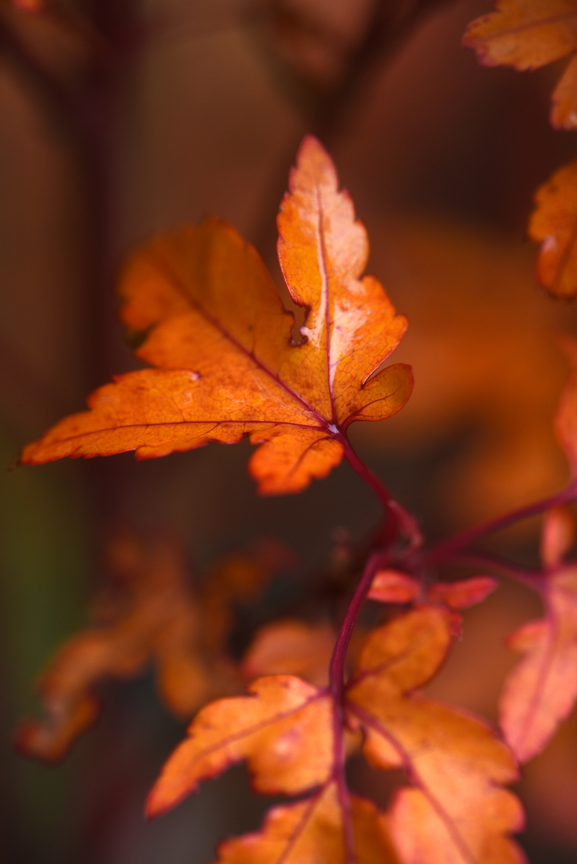
Japanese maples like ‘Coral Bark’ are better grown as understory trees.
“Those plants prefer to be an understory tree,” he says. “They can grow in the sun, but if they want that plant to perform its best, they need some shade.”
When grown in the right place, they won’t be stressed during the summer, he adds.
Liberto adds that besides proper siting, they ask homeowners a series of questions to determine what purpose the tree will have in the landscape. Is it for shade, aesthetics, home for wildlife, to help property values or something else?
“Do a recon of your property,” he adds, “then you can go out and begin your plant selection.”
Trending trees
Speaking of trending plants, hydrangeas and dappled willows are two that are asked about often when gardeners visit. Dwarf varieties of just about anything are popular, especially with younger homeowners who don’t have lots of space.
Maintenance is part of gardening, and one important thing for new trees is mulch, when done right that is.
“I see a lot of volcanic mounds of mulch. That’s absolutely bad for a tree,” he says of the volcano technique that drives him crazy, like most horticulturists. “It can rot the trunk; it also can prohibit good water absorption and raises surface roots.”
The plantings will help stabilize soil and can actually take up some excess water too, Liberto says, and that’s essential as our landscapes change.
“I’ve been at this 35 years,” he says quietly. “I’ve seen a change in the weather pattern, how development has been approached and how new landscaping has been approached. The motto should be plant more trees, not less trees.”
He’s also seen great plants make a fashionable comeback for planting.
“It’s so funny,” he says. “There’s an expression saying everything that’s old is new again. I’m seeing buttonbush pop up again. It’s gaining popularity again because it’s tolerant of wet feet and a great pollinator plant.”
It’s also deer resistant.
Both nurserymen thrive on helping people find the right plant.
“That feeling is exhilarating,” Liberto says. “It’s not about me; it’s about the homeowner. It makes my heart sing and dance when I see clients get excited about a new planting.”
Doug Oster is editor of Everybody Gardens, a website operated by 535Media, LLC. Reach him at 412-965-3278 or doster@535mediallc.com. See other stories, videos, blogs, tips and more at everybodygardens.com.
More from Everybody Gardens
